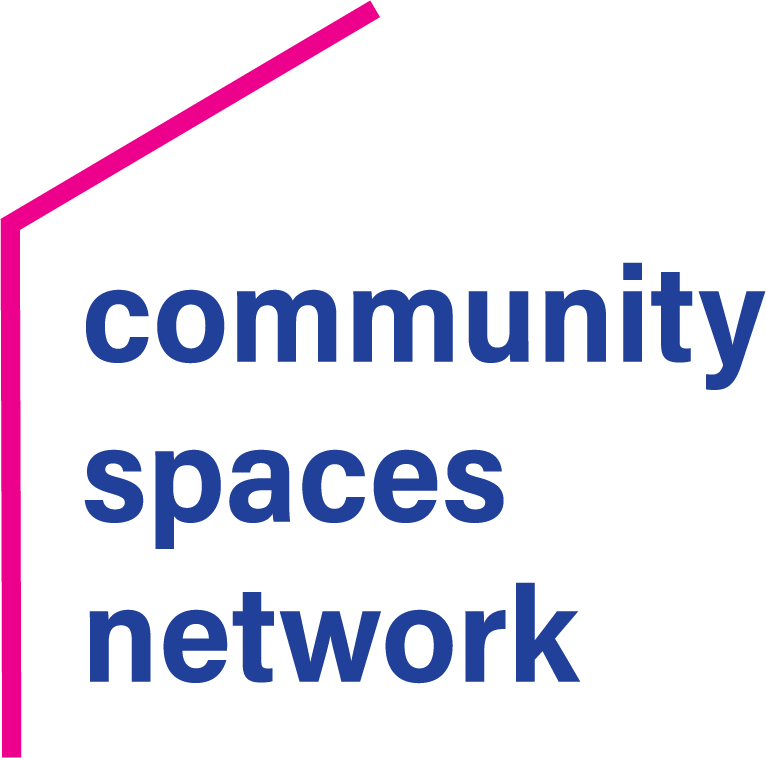I’ve been reflecting on the biggest lessons I’ve learned about mission-driven shared spaces. Here’s what I would tell someone new to the field.
 #1 – Find the Bullseye – Nonprofit centers that have a very clear goal that resonates with the community tend to be more successful. A clear goal allows the center to brand itself and communicates the value of locating there. They can build a quicker buzz than a center with a more generic focus. Tenants understand the benefits of co-locating and clients and community members know where to access resources. NCN’s survey data has shown that centers tend to be more financially sustainable when they are organized around a specific theme or goal.
#1 – Find the Bullseye – Nonprofit centers that have a very clear goal that resonates with the community tend to be more successful. A clear goal allows the center to brand itself and communicates the value of locating there. They can build a quicker buzz than a center with a more generic focus. Tenants understand the benefits of co-locating and clients and community members know where to access resources. NCN’s survey data has shown that centers tend to be more financially sustainable when they are organized around a specific theme or goal.
#2 – Get a Backbone – Start-up nonprofit centers are more successful when there is a project manager to shepherd the project through development. Many groups try to build their centers by committee, which can seem more financially responsible, but in my experience, hiring someone to champion the project, schedule meetings, follow up on to-do lists and monitor the budget is the better option. A project manager can fully focus on the project, while “projects-by-committee” require many busy Executive Directors to do the work off the side of their desks. Better for the Executive Directors to spend their time raising predevelopment funds to pay for a Project Manager than to do this work themselves. Creating a shared space is rarely a linear process and E.D.’s rarely have excess time in their schedules to absorb the common twists and turns in projects.
Likewise, once a project is operational, the successful ones find a way to pay for staff to build a collaborative culture, connect the dots among mission-aligned tenants, curate fun and informative programming and track outcomes. This work rarely happens without a staff person as a community catalyst or animator to break down silos and bring people together.
#3 – Lead the Flock – Successful nonprofit centers keep reinventing themselves. They perceive themselves as an aggregator of many diverse nonprofits in the space, and are active in involving the talented staffs of those nonprofits. Successful shared spaces have leaders who are insightful about the potential synergies among tenants and they proactively lead conversations and initiatives to make sure the whole is greater than the sum of its parts. They are creating new ways of solving community problems – often by assembling the right problem solvers in new ways to work together. They are looking holistically at what is best for the community and identifying where the gaps are and filling them. They are demonstrating the benefits of nonprofit collaboration, enabling nonprofits to focus on their missions, reducing duplication and increasing measurable impact.
What makes your center successful? I’d love to hear your thoughts.

